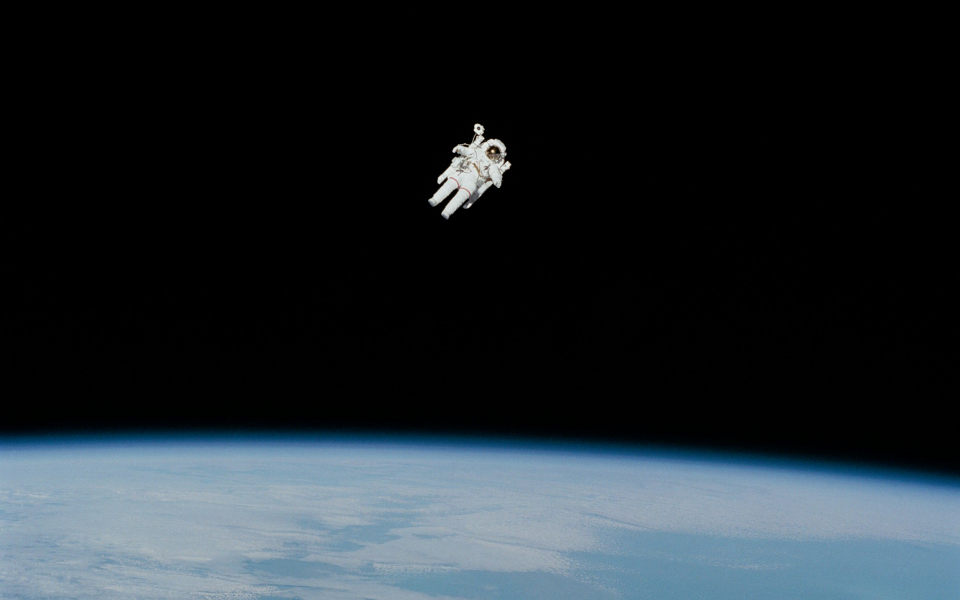In a historic moment, Boeing Co.
The spacecraft, carrying NASA astronauts Barry "Butch" Wilmore and Sunita Williams, took off from Cape Canaveral, Florida, at 10:52 a.m. ET.
What Happened: The Starliner, propelled by an Atlas V rocket, began its journey to the International Space Station (ISS).
The launch took place after a series of delays and setbacks, reported NBC News. It was met with a mix of cheers and car alarms sounding from the nearby beach.
Wilmore, the mission's commander, and Williams, the pilot, are both experienced astronauts. Wilmore has completed two previous spaceflights, while Williams has completed two stints aboard the ISS. The mission is a test flight to demonstrate the Starliner's capability to safely transport crew members to and from low-Earth orbit.
Boeing's Starliner is designed to fly autonomously, but the astronauts will take control at various points to demonstrate the capsule's handling and practice emergency scenarios.
The spacecraft is also designed to autonomously dock with the space station, but the astronauts will test its manual controls on their final approach.
Why It Matters: The successful launch of the Starliner marks a significant milestone for Boeing, which has been working to catch up with its competitor, SpaceX, in the commercial crewed spaceflight arena. SpaceX has been conducting regular crewed flights to the ISS since 2020 with its Crew Dragon capsule.
Elon Musk, CEO of SpaceX, wished Boeing "best of luck". The success of Boeing's inaugural manned mission could provide NASA with a much-needed second option for crewed spaceflights.









